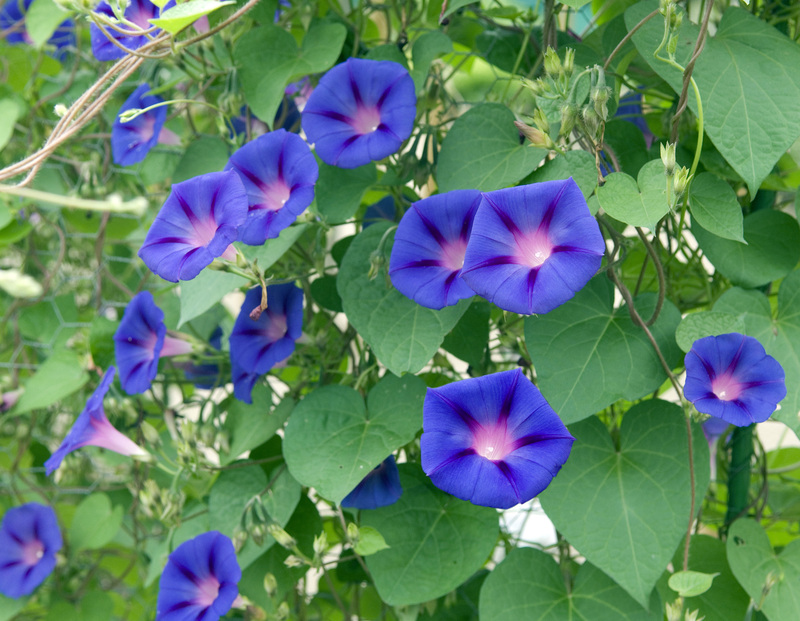Creating a Japanese Garden in Your UK Backyard
Posted on 03/10/2024
Japanese gardens are renowned for their tranquility and beauty. By incorporating this timeless design into your UK backyard, you can create a serene space that reflects the natural elegance of Japanese culture. This article outlines the key principles of Japanese garden design and offers practical tips for transforming your outdoor space into a peaceful retreat.
The Philosophy Behind Japanese Gardens
Japanese gardens are more than just beautiful landscapes; they embody a deep connection with nature and a spiritual concept of balance and harmony. The fundamental principles include simplicity, asymmetry, and the presence of natural elements like water, rocks, and plants.

Planning Your Japanese Garden
Before you start building your garden, it's important to plan carefully. Consider the size and shape of your backyard, the existing vegetation, and the amount of sunlight and shade. Sketch a rough layout that includes paths, water features, rock arrangements, and plant placements.
Elements of a Japanese Garden
Japanese gardens typically feature several key elements:
- Water: Water is an essential component symbolizing renewal and calm. This can be a pond, a stream, or a waterfall. In smaller gardens, a simple water basin will suffice.
- Rocks: Rocks represent permanence and stability. Their shapes and arrangements are crucial for creating a natural look.
- Plants: Use plants that evoke the four seasons. Cherry blossoms for spring, irises for summer, maple trees for autumn, and evergreens for winter. Japanese maples, azaleas, and moss are popular choices.
- Paths: Stepping stones or gravel paths guide visitors and enhance the garden's aesthetic.
- Lanterns and bridges: Stone lanterns and small bridges add cultural detail and contribute to the ambiance.
Choosing the Right Plants
Choosing plants that thrive in the UK climate while maintaining the aesthetic of a Japanese garden is key. Consider these options:
- Japanese Maple (Acer palmatum): Known for its stunning foliage, it suits the cooler UK climate.
- Azalea and Rhododendron: These shrubs offer vibrant flowers and thrive well in UK gardens.
- Moss: Moss adds a lush, green ground cover perfect for shady, damp areas.
- Bamboo: Use clumping bamboo varieties to avoid invasive growth.
Maintaining Your Japanese Garden
Once your garden is established, maintaining its beauty is essential. Regular pruning, weeding, and cleaning of water features help preserve its appearance. Japanese gardens are designed to look beautiful year-round, so periodic maintenance will keep it looking pristine.
Pros and Cons of a Japanese Garden
Pros:
- Tranquility: Creates a peaceful environment perfect for relaxation and meditation.
- Year-round beauty: With the right plants, your garden will look stunning in every season.
- Low maintenance: Once established, these gardens require minimal upkeep compared to traditional flower gardens.
Cons:
- Initial cost: Setting up a Japanese garden can be expensive due to the cost of plants, rocks, and water features.
- Space: Japanese gardens need thoughtful design to make good use of space, especially in smaller yards.
- Climate challenges: Some traditional plants may struggle with the UK's climate, requiring careful selection and placement.
Tips for a Successful Japanese Garden
Here are some tips for ensuring your Japanese garden thrives:
- Do your research on plants and elements.
- Start small if you're new to gardening.
- Focus on balance and simplicity.
- Consult with a professional if needed.

Takeaways
Creating a Japanese garden necessitates careful planning, the use of specific elements like water, rocks, and plants, and ongoing maintenance. With effort and knowledge, you can transform any UK backyard into a tranquil Japanese haven.
Conclusion
Creating a Japanese garden in your UK backyard brings a touch of elegance and serenity to your home. By following the principles of Japanese design and selecting the right plants and features, you can enjoy a beautiful, low-maintenance sanctuary that offers year-round beauty. Whether you seek a space for meditation, relaxation, or simple enjoyment of nature, a Japanese garden is a valuable addition to any landscape.




